Multiplying Fractions Worksheets 5th Grade Math
Multiplying fractions can be a challenging concept for 5th graders to grasp. However, with the help of well-designed worksheets, understanding the entity and subject of multiplying fractions becomes much easier. These carefully crafted worksheets provide students with ample practice and guidance, ensuring that they gain a firm grasp on this fundamental mathematical concept.
Table of Images 👆
- Multiplying Fractions Worksheets
- Multiplying Fractions Worksheets 5th Grade
- Adding Fractions Worksheets 5th Grade
- Multiplying Fractions Worksheets 6th Grade
- Multiplying Fractions Worksheets 7th Grade
- Fractions Worksheets Grade 6
- Subtracting Decimals Worksheet
- Dividing Fractions Worksheets 5th Grade Math
- 5th Grade Printable Fraction Worksheets
- Multiplying and Dividing Fractions Worksheets
- Dividing Fractions by Whole Numbers Worksheet
More Math Worksheets
Printable Math WorksheetsMath Worksheets Printable
Printable Math Worksheets Multiplication
Math Worksheets for 2nd Graders
Math Multiplication Worksheets
First Grade Subtraction Math Worksheets Printable
Math Worksheets Integers
Middle School Math Coloring Worksheets
Hard Math Equations Worksheets
Valentine's Day Math Coloring Worksheets
What is a fraction?
A fraction is a number that represents a part of a whole or a ratio between two numbers. It consists of a numerator (the top number) and a denominator (the bottom number), separated by a line. Fractions are used to express quantities that are not whole numbers, such as one-half (1/2) or three-quarters (3/4).
How do you multiply fractions with whole numbers?
To multiply a fraction with a whole number, you can convert the whole number to a fraction by placing it over 1. Then, you simply multiply the numerators together to get the new numerator and the denominators together to get the new denominator. Finally, simplify the resulting fraction if needed. For example, to multiply 2/3 by 4, you can rewrite 4 as 4/1 and multiply (2 x 4) / (3 x 1) = 8/3.
How do you multiply fractions with other fractions?
To multiply fractions, you simply multiply their numerators together to get the new numerator, and multiply their denominators together to get the new denominator. In other words, to multiply two fractions like 2/3 and 4/5, you would multiply 2 and 4 to get 8 as the new numerator, and multiply 3 and 5 to get 15 as the new denominator, resulting in the product 8/15.
What is the process of simplifying a fraction?
To simplify a fraction, you divide the numerator and the denominator by their greatest common factor to obtain an equivalent fraction in its simplest form. This means reducing the fraction to its lowest terms by removing any common factors between the numerator and the denominator until no further reductions can be made.
Can you multiply mixed numbers? If so, how?
Yes, you can multiply mixed numbers by converting them into improper fractions, multiplying the numerators and denominators separately, and then simplifying the result if necessary. To illustrate, consider the following: (2 1/3) x (3 3/4) = (7/3) x (15/4) = (7x15) / (3x4) = 105 / 12 = 8 9/12 or 8 3/4 when simplified.
How can you visualize multiplication of fractions?
One way to visualize multiplication of fractions is using the concept of area or a rectangular grid. Represent the first fraction as a portion of the area, and then the second fraction as another portion. Multiply the two fractions by multiplying their numerators and denominators, and shade the resulting area representing the product of the fractions. This visual representation helps understand that multiplication of fractions is taking a fraction of a fraction or scaling a fraction down.
What are some real-life examples where multiplying fractions is used?
Multiplying fractions is commonly used in cooking when adjusting recipe quantities, such as doubling a recipe that calls for 1/2 cup of flour or halving a recipe that requires 3/4 teaspoon of salt. It is also applicable in construction and carpentry when calculating measurements for cutting materials, like determining the length of boards needed for a project or the amount of paint required to cover a specific area. Moreover, budgeting and financial planning involve multiplying fractions when allocating a portion of a budget to different expenses or calculating discounts during sales.
How do you convert a fraction to a decimal after multiplying?
To convert a fraction to a decimal after multiplying, you simply divide the numerator (top number) by the denominator (bottom number). The result of this division is the decimal equivalent of the fraction. For example, if you have 3/4 and multiply it by 2, you would first get 6/4. To convert this fraction to a decimal, you would divide 6 by 4, resulting in 1.5.
What happens when you multiply a fraction by 1?
When you multiply a fraction by 1, the fraction remains unchanged. This is because any number multiplied by 1 is equal to that same number. Therefore, the value of the fraction does not change when multiplied by 1.
How does multiplying fractions relate to finding the area of a rectangle?
Multiplying fractions is similar to finding the area of a rectangle because when you multiply two fractions, you are essentially multiplying the lengths of two sides of a rectangle to find the total area. For example, if you have a rectangle with a length of 3/4 units and a width of 2/3 units, multiplying these fractions (3/4 x 2/3) gives you the total area of the rectangle. This concept helps to visually understand how multiplying fractions relates to finding areas in geometry.
Have something to share?
Who is Worksheeto?
At Worksheeto, we are committed to delivering an extensive and varied portfolio of superior quality worksheets, designed to address the educational demands of students, educators, and parents.

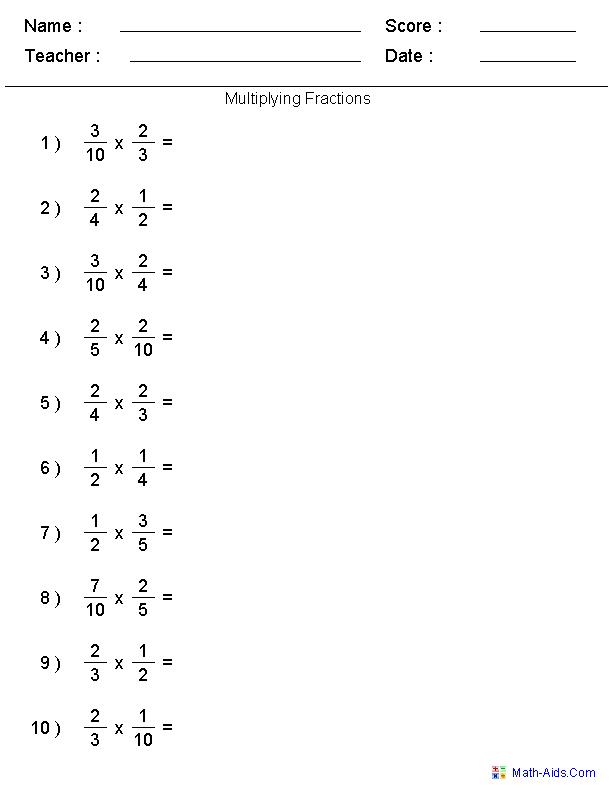




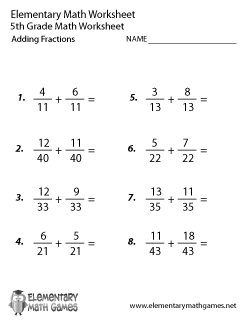
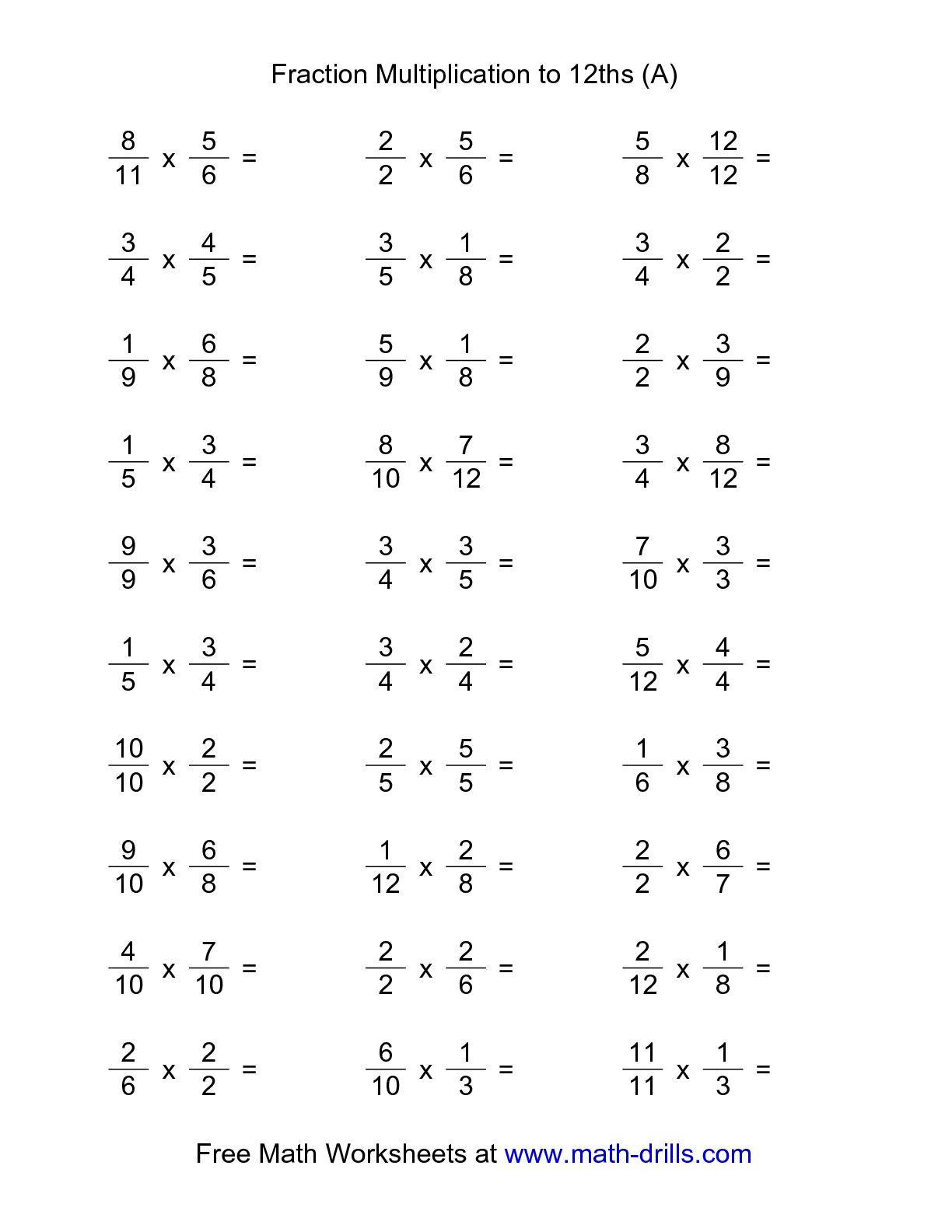

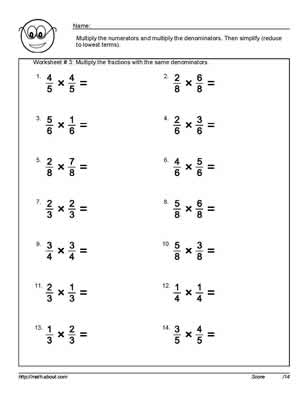
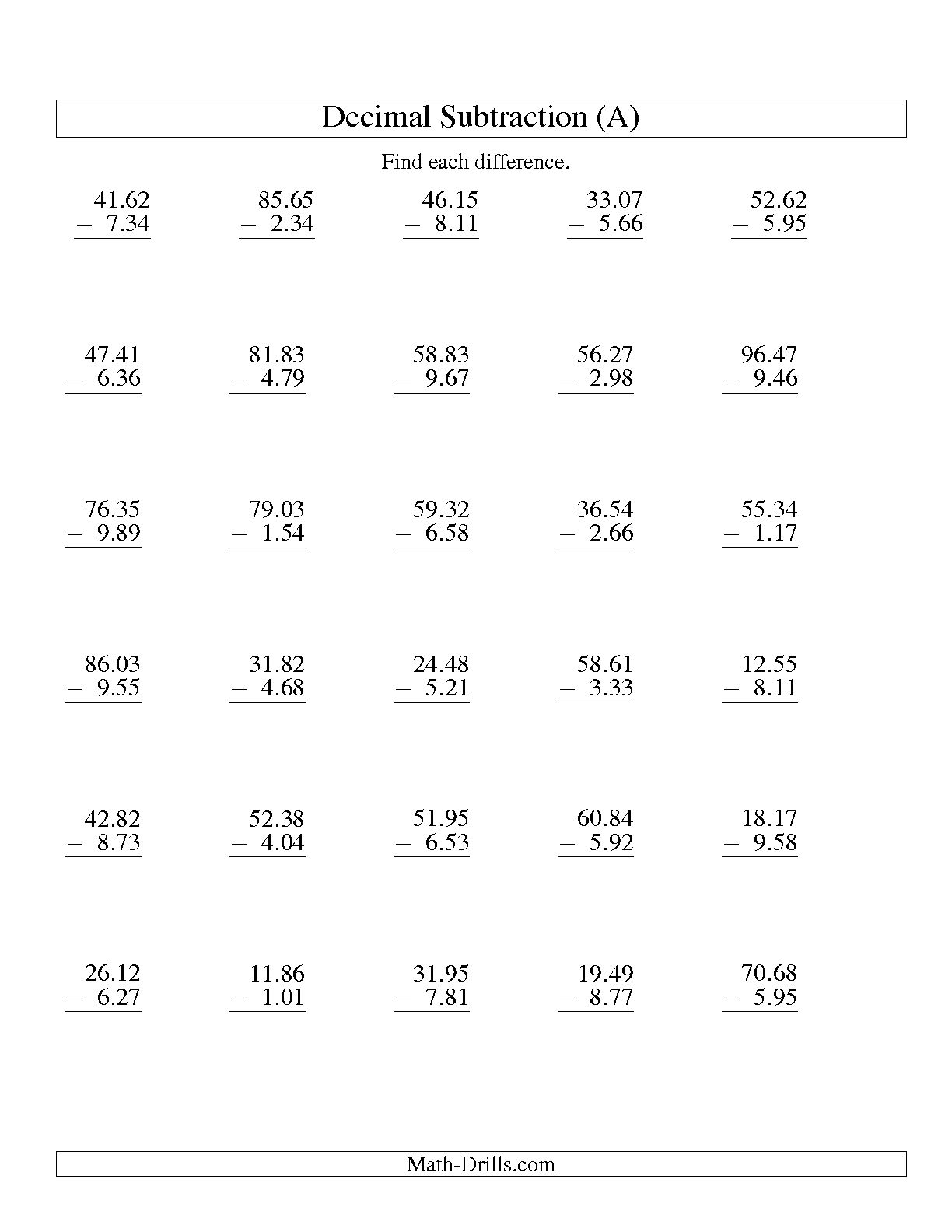
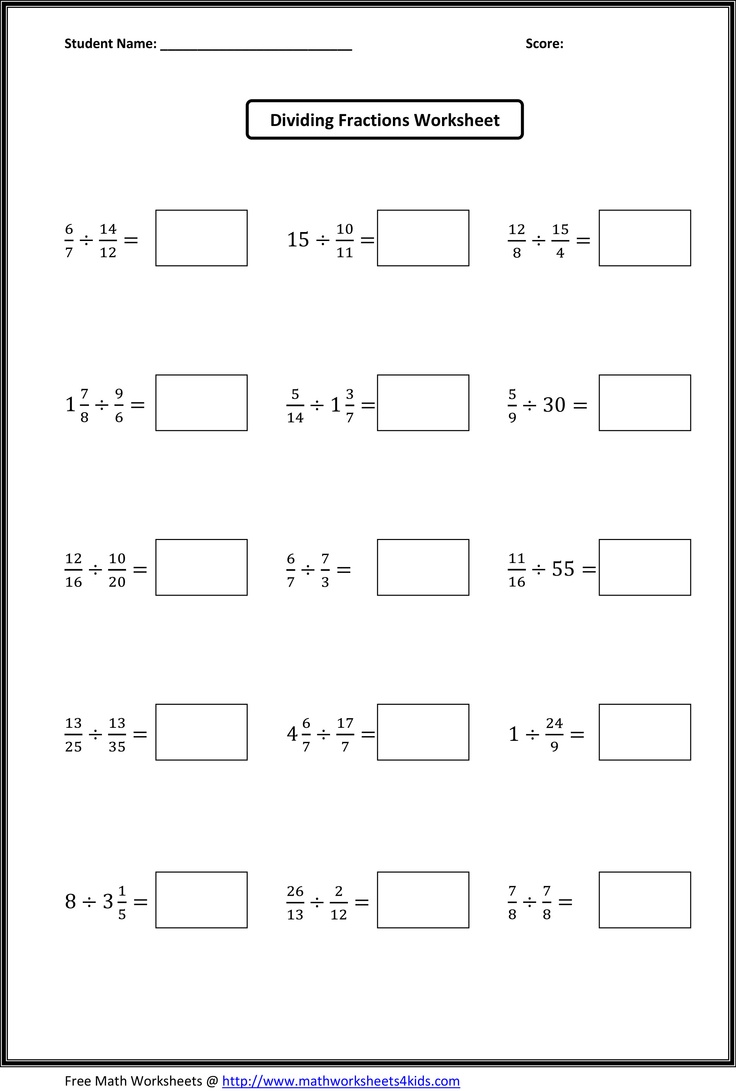
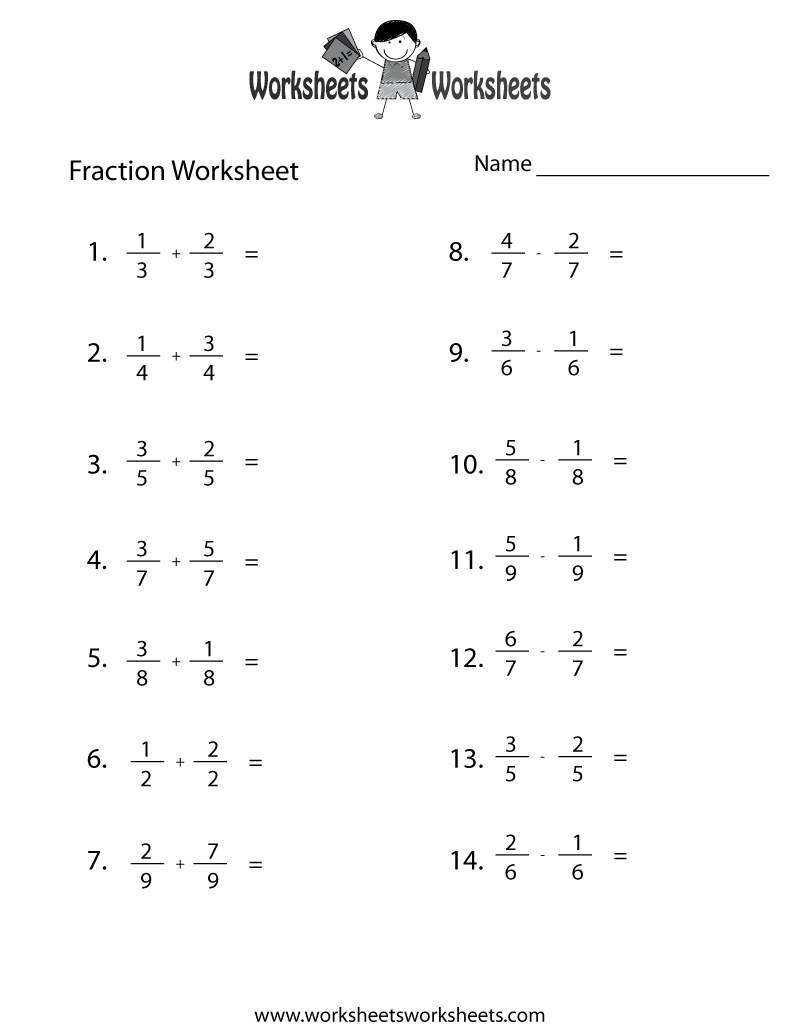
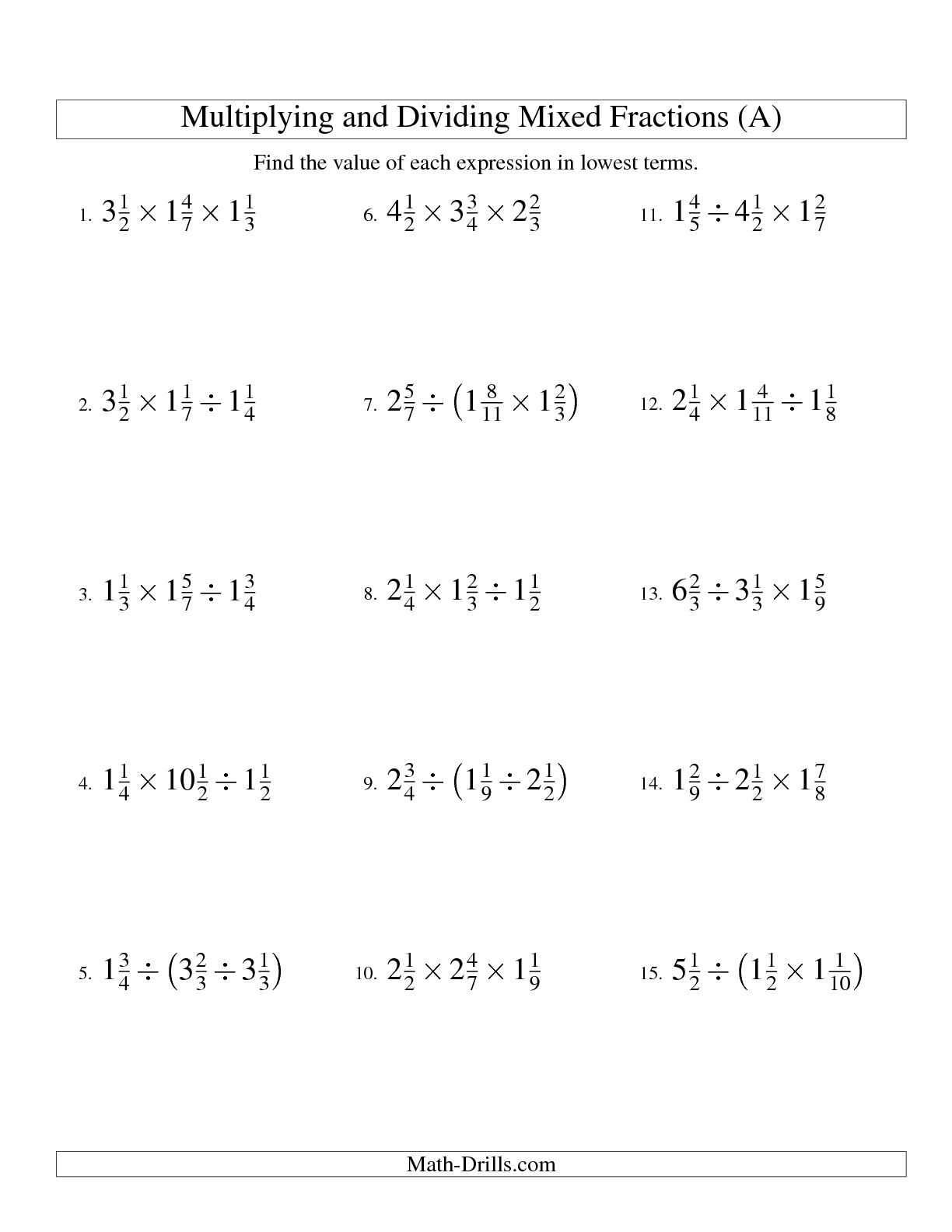
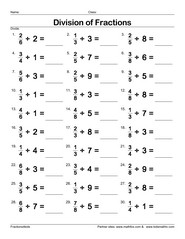














Comments